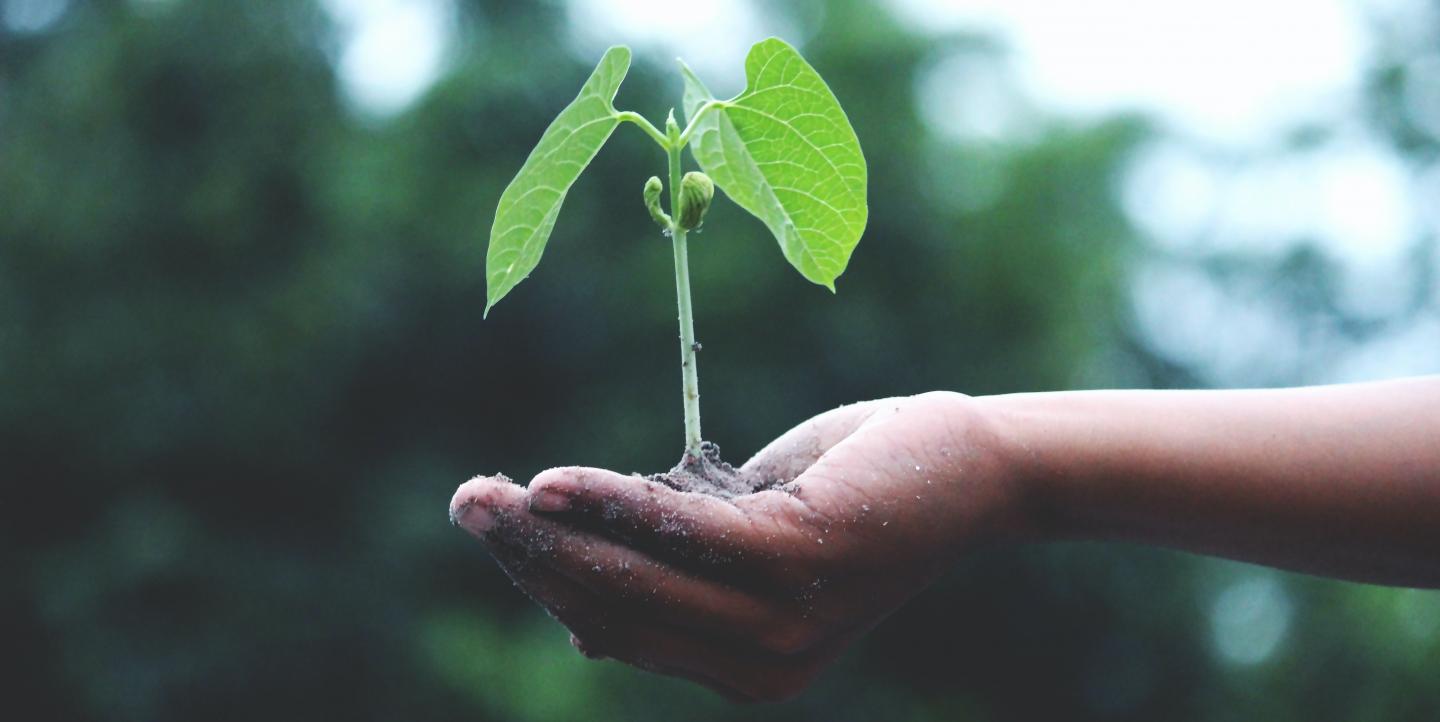The year 2020 will go down in history for the deadly COVID-19 pandemic that has swept the world. It will also land in the record books for another worrying reason: 2020 was one of the hottest years the world has ever experienced.
As the consequences of climate change become increasingly unavoidable it’s critical that reporters and newsrooms develop effective beats and dynamic strategies for reporting on the environment.
In a recent Covering Climate Now (CCNow) webinar, a panel of experts discussed how to build an all-of-newsroom approach to covering the climate. They also delved into how to deal with climate change deniers and skeptics, and offered resources to cover the beat safely and productively.
Taking part in the panel were Bernadette Woods Placky, chief meteorologist and director at ClimateMatters, Kate Sheppard, a senior enterprise editor at HuffPost, Ben Tracy, a senior national and environmental correspondent at CBS News, and Justin Worland, a climate correspondent at TIME Magazine. CCNow Executive Director and The Nation Environment Correspondent Mark Hertsgaard, moderated the session.
Here are some key takeaways.
An all-of-newsroom approach
- Generating buy-in from across the newsroom is critical for effective environmental reporting, the panelists said. It’s a complex issue that touches on every beat in the newsroom. “I try to take an all-of-beats approach to climate in our newsroom because it’s a huge challenge across all these issues that we cover,” said Sheppard. “It's a political challenge, it's a policy challenge, it's a science challenge, it's international relations, it's health. I see climate as the opposite of a niche beat — it underlies so many things. Having an understanding of those connections is really important for any reporter in 2021.”
- Tracy noted that his new role at CBS this year as a senior national and environmental correspondent is the first time the network has had a dedicated climate change correspondent. “I'm grateful that they're investing in this beat and the coverage that we will do,” said Tracy. “I think there's just going to be so much more news and action on climate if the [Biden] administration lives up to its promises.”
- CBS has used collaboration within the newsroom to produce comprehensive coverage of climate issues, Tracy said. This included reporting on when the U.S. rejoined the Paris Climate Accord for which Tracy sat down with the U.S. Special Presidential Envoy for Climate John Kerry. Alongside this discussion, the newsroom’s digital division published a primer on the Paris Climate Accord.
- It’s important for reporters to recognize the intersection of climate coverage with environmental justice. “We can see, just in the last year, the effects of disproportionate impact of pollution on people of color with COVID, and the way in which the health effects from living near a toxic facility has left people at greater risk,” said Worland.
- On environmental justice, Sheppard noted that many reporters are tracking how COVID has further deepened inequalities and vulnerabilities within society.
Engaging climate change deniers and skeptics
- Many deniers and skeptics who argue against the reality of climate change have not felt its effects on their own lives, the panelists noted. To counter this, it’s helpful to make connections to issues that will resonate with them. “One thing that I’ve learned over the years is always to try to connect what we know about climate change to what people already care about. And you'll find that that is actually pretty easy,” said Sheppard. “I grew up on a farm. I know lots of Republican farmers [for instance] who totally understand that what they're seeing is not normal, whether it's precipitation patterns or extreme weather events. I think it's something you can clearly communicate with them about.”
- Approaching climate naysayers when reporting requires tact, said Tracy. “I believe we should attempt to bring people into the tent and not alienate people from this, so they can learn,” said Tracy. The mission of your coverage should be to help people understand how something they’ve been skeptical about could affect their lives, he added.
- Climate reporting requires approaching the topic from a variety of angles. This includes embracing investigative tools and resources to uncover more in-depth stories and relay their impact.
Resources for climate reporting
- Journalists should also prepare for climate reporting, by turning to literature on the issue, reading other journalists’ reporting and seeking training. Tracy said he had been reading up on subjects such as the Exxon Valdez oil spill, for instance, to prepare for his new role as an environmental correspondent.
- Sheppard discussed how she looks for Red Cross safety training courses, which prepare her for the type of extreme weather events that she might be reporting in. Said Sheppard, “Be ready for the long haul because the climate crisis is going to be here for a long time.”
Additional resources mentioned during the webinar
- The Basics: Climate Science 101
- 10 Best Practices for Climate Reporting
- How a Texas TV Reporter Gained Confidence to Cover Climate Change
Abigail Adcox is a Communications Intern at ICFJ.
Photo by Akil Mazumder from Pexels.

